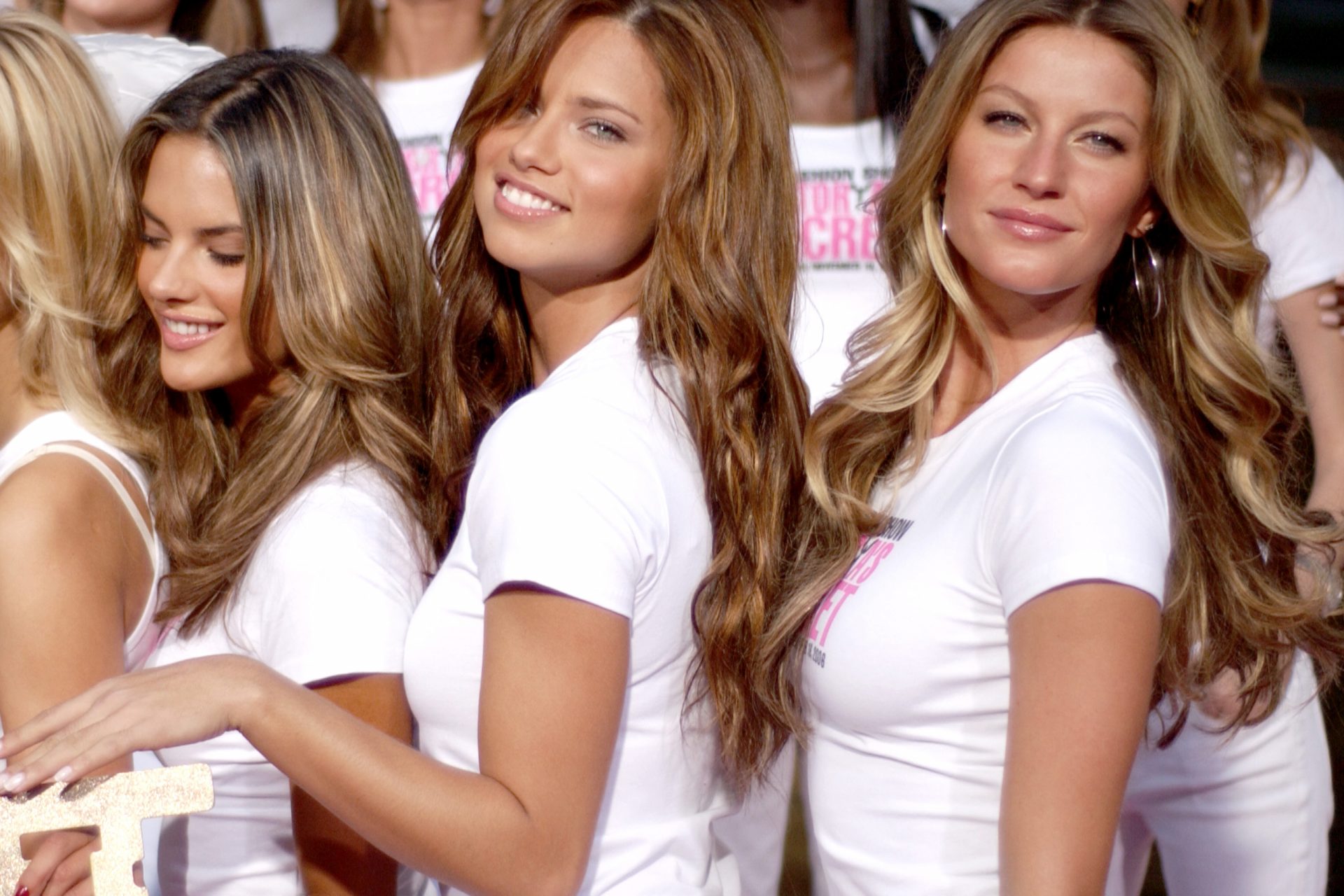Prince Philip's net worth will surprise you
The death of Prince Philip, Duke of Edinburgh, has led to a matter of almost general interest: inheritance. Who in the wealthy family will inherit his fortune? How much is it? The questions about the Prince's estate are many and the answers are few but surprising.
While Queen Elizabeth's wealth is estimated to exceed 600 million dollars, her husband's is reported as more modest: 14.5 million dollars (12 million euros).
It's a lot of money compared to that of almost any ordinary citizen, but it seems an extreme difference with the wealth accumulated by his wife since 1947. There is an explanation though.
Prince Philip's family had been dethroned and forced into exile from Greece when he was 18 months old. They had arrived in the UK with nothing but the few jewels they could salvage.
Some of the jewellery would later serve as an engagement gift to Queen Elizabeth II. Apart from that, the Greek prince had nothing.
Having no business of his own, Prince Philip received a public salary in accordance with the 1952 Civil List Act. By 2011, the Sovereign Grant Act set its amount to £359,000 per year (almost £30,000 per month).
In fact, the Prince continued to receive this salary after leaving public life in 2017, as confirmed by the British Government.
In addition to this substantial salary, Philip received income from the Duchy of Lancaster - the portfolio of estates, funds and bonds that is the largest income for Queen Elizabeth II, outside of the public allowance she receives.
To this income must be added the works of art that the Prince accumulated over the decades. From the Commonwealth, the monarch received a large number of works, so his collection of Aboriginal art is very important.
Alongside these gifts, Philip, who was a self-confessed lover of landscape and figurative art, bought numerous works for the Royal Collection Trust. Over the years, the monarch's collection became increasingly valuable.
Two artists stand out in this collection. The first is Edward Seago, the Prince's mentor, who gave him a large part of his collection before his death in 1974. Queen Elizabeth II was in love with Seago's work.
The other important artist in the collection is Philip himself. The monarch was in charge of portraying the day-to-day life of the crown. His works may be more relevant than expected. However, it is unlikely that they will ever go on sale.
And the big question is, who is going to inherit all this? The answer is easy: Queen Elizabeth II. Tradition dictates that it is the next of kin who inherits and, if she chooses, distributes the wealth of the deceased.
This move also allows the British Royal Family to avoid paying inheritance tax, which, in the case of large fortunes, is between 36% and 40%.
British law stipulates that if the inheritance passes in full to the spouse, he or she is exempt from paying tax. Something similar will happen when Queen Elizabeth II dies and her vast estate passes to Prince Charles. He will not have to contribute anything of this inheritance to the tax man.
In terms of noble inheritance, Prince Edward will inherit the Duchy of Edinburgh. The Earl of Wessex will also inherit the two subsidiary titles associated with the Duchy: Earl of Merioneth and Baron Greenwich.



























